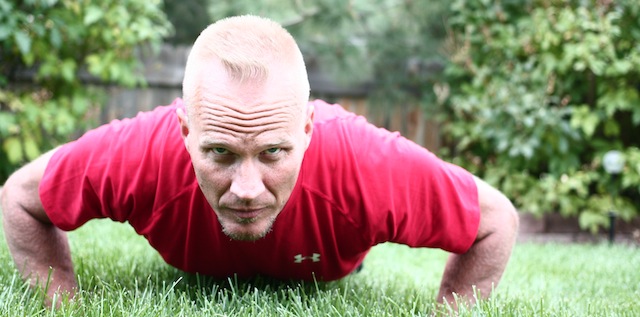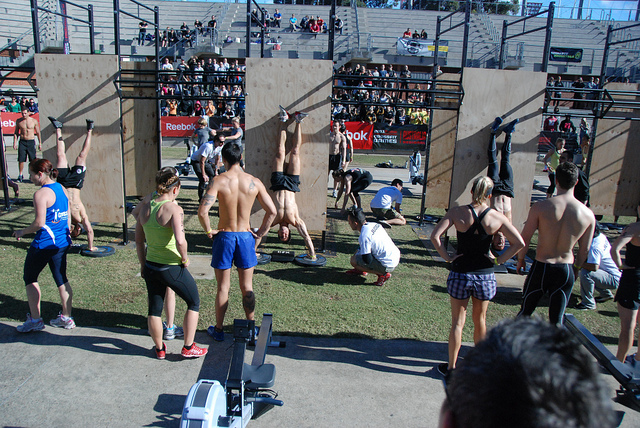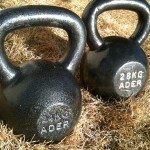Don’t be fooled by these three myths about interval training. These misconceptions about interval training can prevent you from achieving results or worse, leave you injured.
Myth 1: Interval training is Extreme
Too often I hear people say that interval training requires working really hard, pushing yourself to extremes.
Where’s It Come From
Some forms of interval training produce the best results with extreme intensity. For example Tabata training is short, sweet, and brutally intense. The Tabata interval workout consists of four minutes of very high intensity work periods that only last for 20 seconds, followed by a 10 second rest period. A complete Tabata workout only last for a total of four minutes.
Sometimes it is easy to think that all interval training must be done at the same extreme intensity. That just isn’t true.

The FACTS
The truth is that the intensity of the interval training depends on your fitness goals. Working different energy systems requires focusing the intensity and duration of the workout as needed.
Intervals can be done at low intensity level to burn fat calories and develop aerobic capacity, improve cardiovascular capacity, or developing muscular endurance.
Myth 2: Intervals Require Special Equipment
Some people will say that interval training requires lots of exercises or equipment. They may even go so far as to talk about odd concepts of muscle confusion, or extreme variability as being essential characteristics of interval training.
Where’s It Come From
Fitness is a challenge to get started and to stay motivated. One way that people have tried to take to solve this motivation issue is by adding too much variation. This type of thinking creates workouts that consist of lots of exercises, sometimes more than 20 different exercises in a single workout.
The FACTS
Interval training can be done with as little as a single exercise. Just alternating between work period and rest periods is the foundation of interval training.
Effective full-body interval conditioning can be done with as little as two or three exercises utilizing just body weight. Those same exercises can be scaled by using weights, such as kettle bells, water jugs, or a ball.
Interval training often just takes some focused exercise selection, an understanding of fitness goals, and creativity.
Myth 3: More is Better
Again faster, more, more, more. Can you hear the chanting?
If a four minute interval workout is good, then a 16 minutes interval workout MUST be better, right?

Where’s It Come From
Honestly, I can be easily sucked into this line of thinking. I like pushing myself and I can too easily be convinced that more is better.
In our consumption culture we want our results and we want them now. So any simple allure of quick results often gets a groundswell of social support.
But social support doesn’t make it true.
The FACTS
The reality goes back to understanding the energy systems that support the body. Each system has it’s limitations on both the form of exercise as well as the duration of the exercise that it can support.
When we try to take our bodies beyond those limits the results are not good. Over doing it in exercise can lead to fatigue, or worse to injury.
Interval training requires focusing on good design in a workout as well as understanding the required recovery time for the energy system involved.
Use interval training to deliberately work a specific energy system, then support your body to recover and prepare to battle again another day.
Interval Training Is Just One Tool
Remember that interval training is just one tool in your fitness arsenal. Don’t get swayed away by popular myths, instead focus your efforts and achieve results quicker.





Want to discuss? Join the conversation CubeDwellerFitness's Facebook Page.